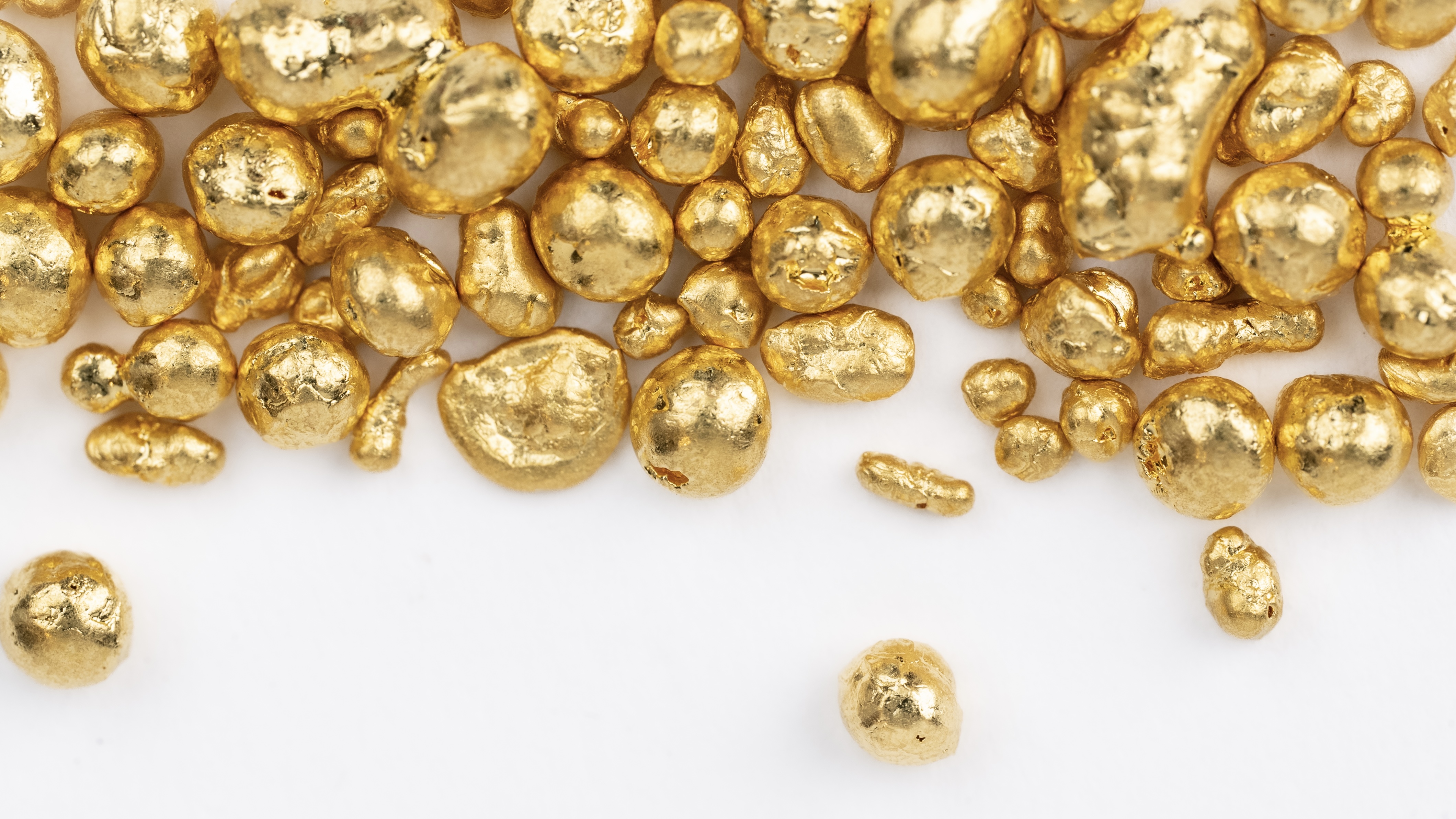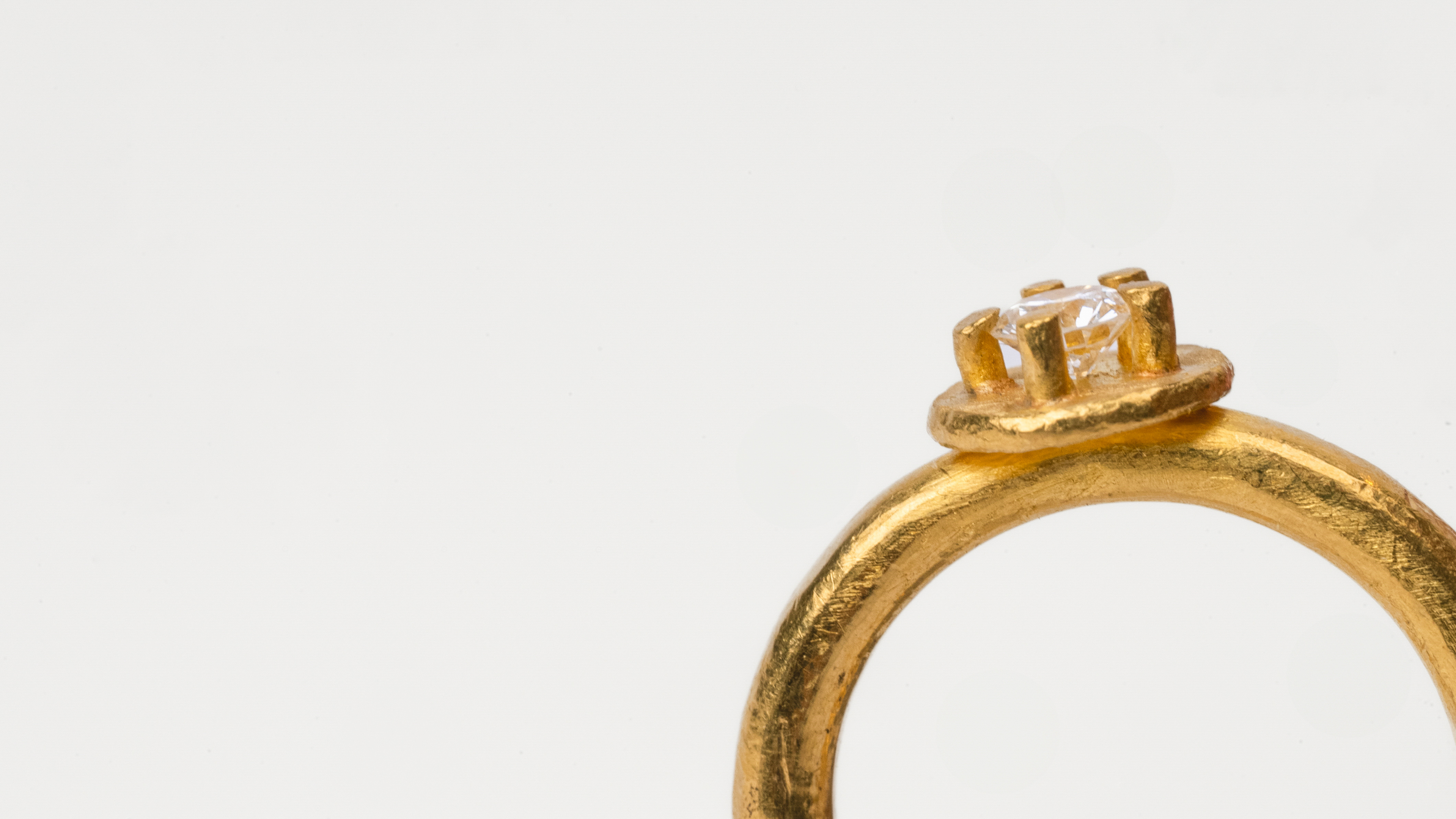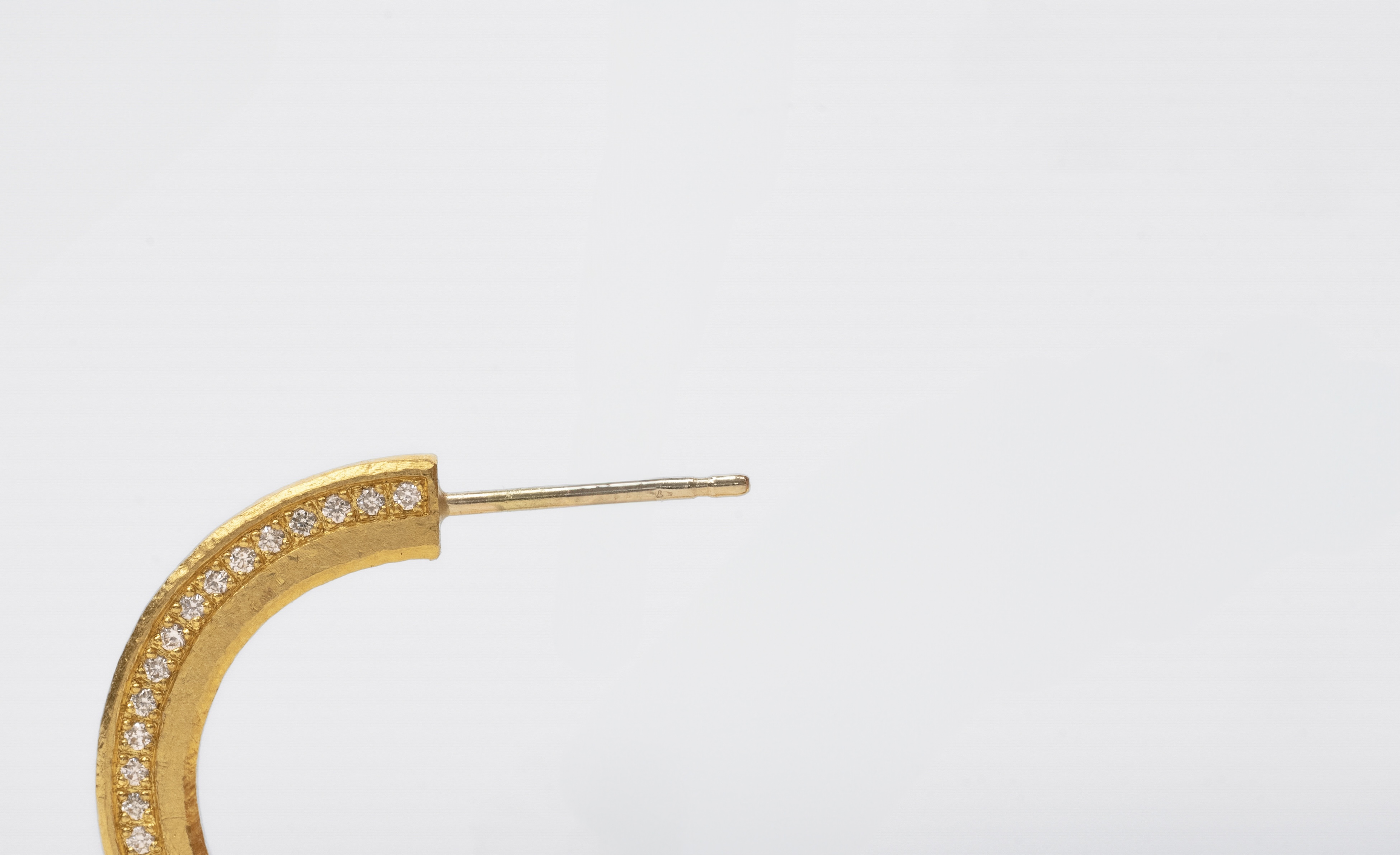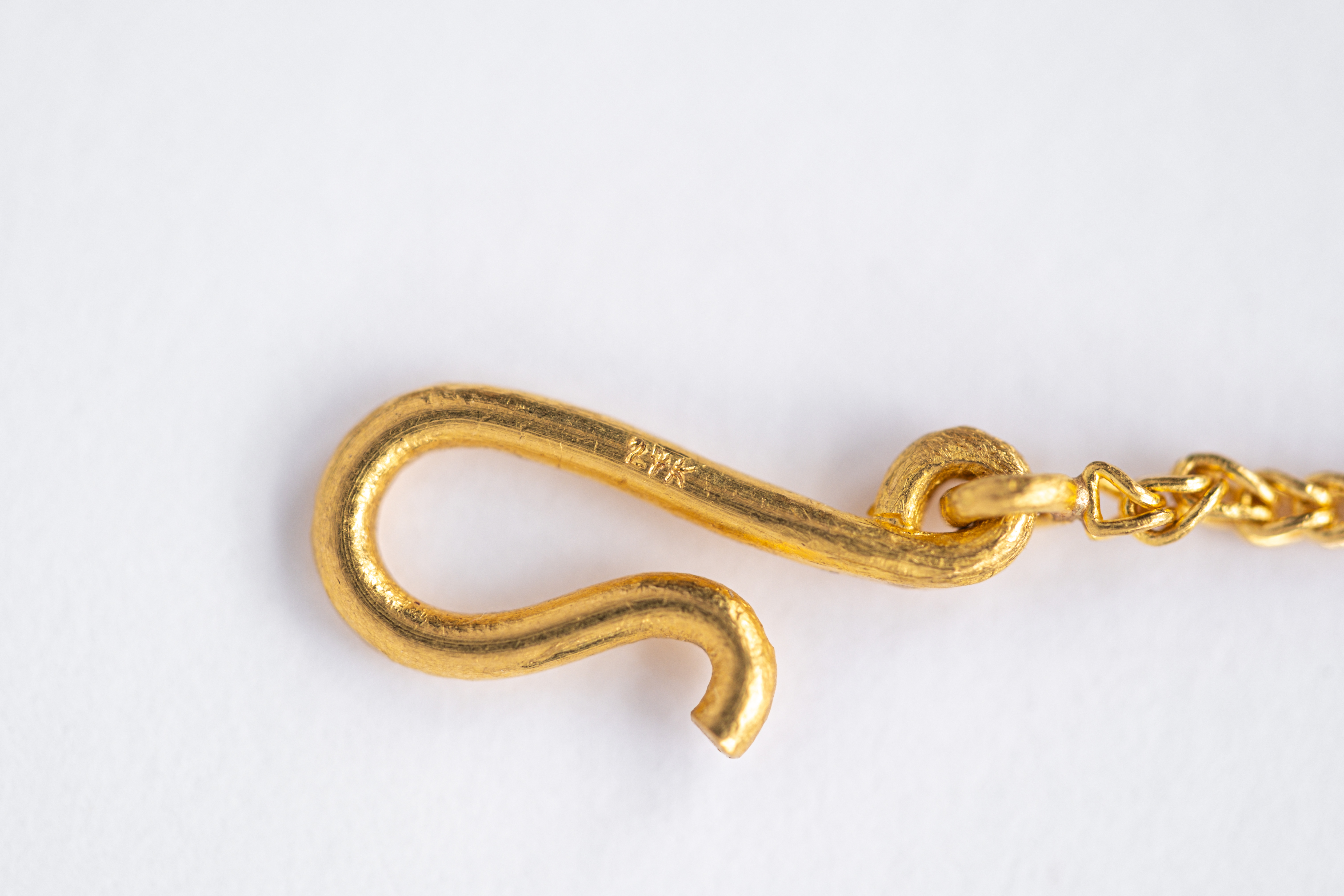
Rotem Zakai
27 year old, goldsmith, stone-setter, designer and illustrator. Specializing in traditional goldsmithing techniques, working with high karat gold and repoussé. Graduated with bachelor’s degree with honors from the department of jewelry design Shenkar in 2022, and completed Maziar‘s The Art of Stone-Setting course in 2024.
I produce jewelry with an imperfect, bespoke, appearance. This gives the jewelry personality, it alludes to the journey it went through during the creation process, an ingrained memory of the material’s transformation.
The jewelry, made of 24-karat gold, 22-karat custom-made gold and 18-karat gold in the clasp mechanism’s spring, is set with diamonds and other precious stones.
I use traditional techniques that communicates the cultural representations of these forms. In doing so, I revive the traditional meanings through new designs. It is important to me to preserve and elevate handmade methods that have been carried out since time immemorial, to highlight their beauty as well as the dedication and energy required during the creation process. The meticulousness of the creation process gives the items their added
prestige and status, beyond the value of the materials.
The process
I begin the creation process with a sketch of my vision. The material I use, 24k gold, comes in grains, which I weigh and melt down into a single mass. The gold is then either pulled into wires or flattened into plates of different thicknesses. The gold can now be transformed into the design.
In some cases, during the shaping process, the metal will react and form differently than was originally planned, this natural behaviour affects and changes the design for the better.
Rolling mill
Used to create gold plates of different thickness.
Wire drawing
Pulling strings of gold through a series of successively smaller holes in an iron draw-plate.
Die-forming
Two or more of shaped gold sheets soldered together. This technique helps to achieve a fit between the pieces.
Diffusing
Used to fuse joints by heating the gold to its melting point.
Repoussé and chasing
Shaping sheets of gold by hammering from the reverse side to create a design in low to middle relief, and on the front side, sinking in the gold and making final details.

Stonesetting
Securing gemstones or diamonds into jewelry by placing them into gold channels, prongs, or bezels.
The materials
text

Gold
24k gold is used to make all the jewelry.
Thanks to it’s malleability, high carat gold can reach shapes and sizes that is otherwise impossible. Additionally, there is the mesmerising deep yellow colour that gives a feeling of warmth and prestige.
18k gold, 75% gold, is used for the functional parts of the jewelry that require higher durability for day to day use.

Diamonds
Diamond shapes: round, oval, cushion, pear, marquise, trilliant, princess, baguette, emerald etc.
Certificate: GIA for diamonds of 0.5ct and above, or by specific requests.

Precious and semi-precious stones
Shapes: round, oval, cushion, pear, marquise, trilliant, princess, baguette, emerald etc.
Stone type: ruby, sapphire, emerald, pearl etc.

Clasps mechanisms, posts, earring clips, etc
Unfortunately, due to its softness, 24k gold is not optimal for some of the functional parts of jewelry.
Therefore the clasps mechanisms, posts, earring clips and other purely functional parts are made from 18 karat gold to ensure the jewelry’s durability.
A description of the material’s used are provided with each piece.

Stamps
Every piece of jewelry must be stamped to identify it’s karat.
A 24k stamp is found on every piece of jewelry. In some cases, there will be a second stamp on the closing mechanism to identify that it is made from 18k gold.

Need more information?